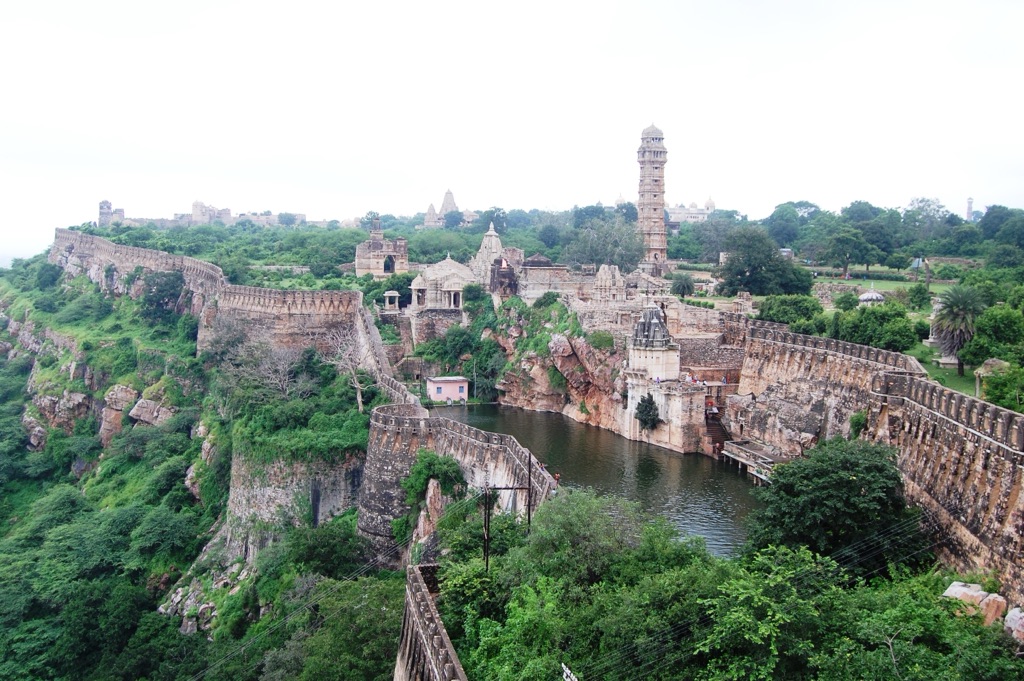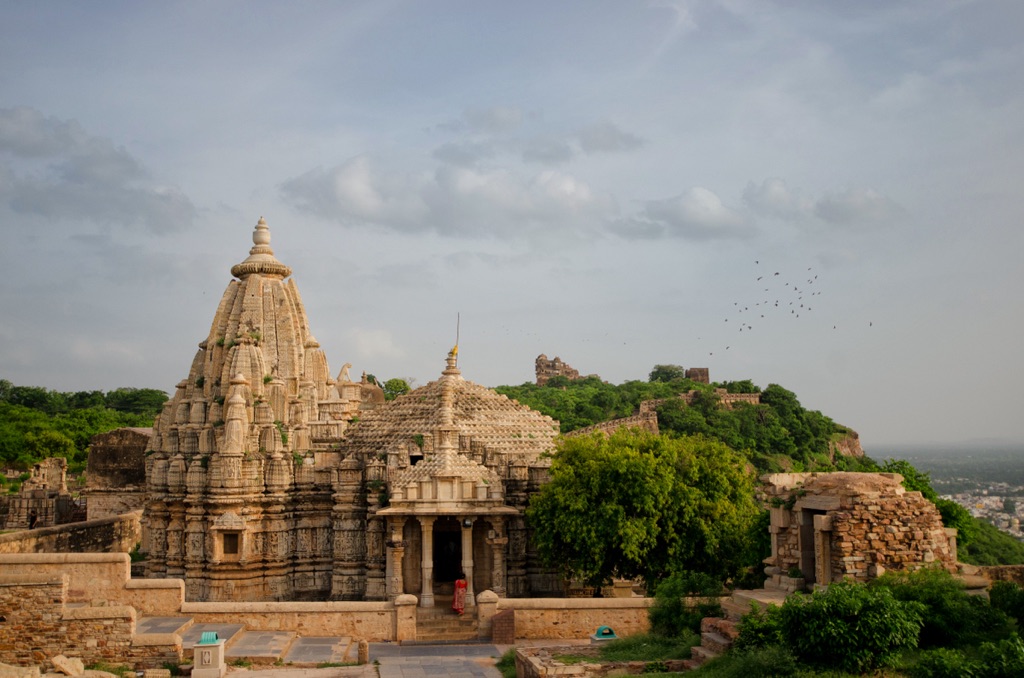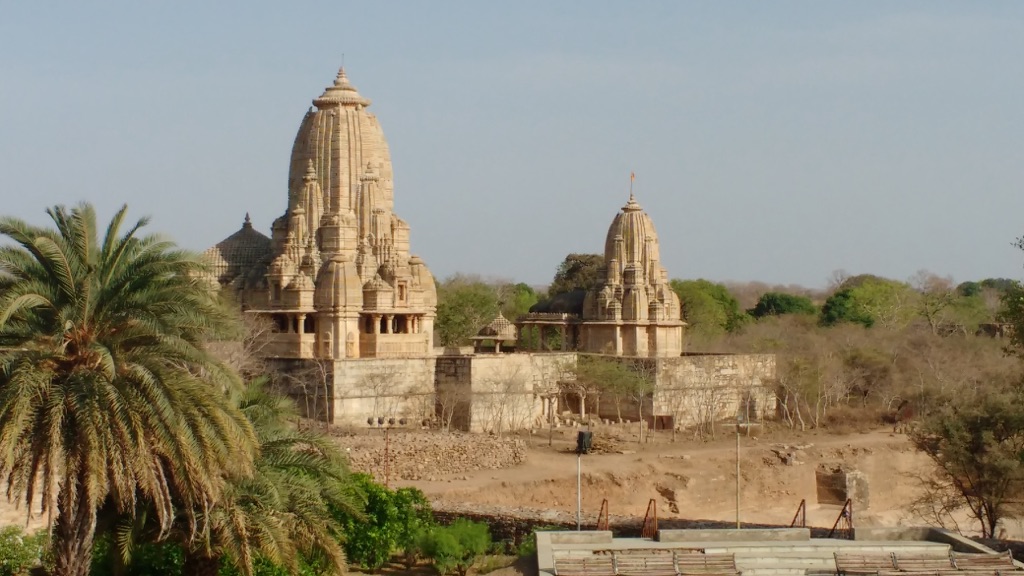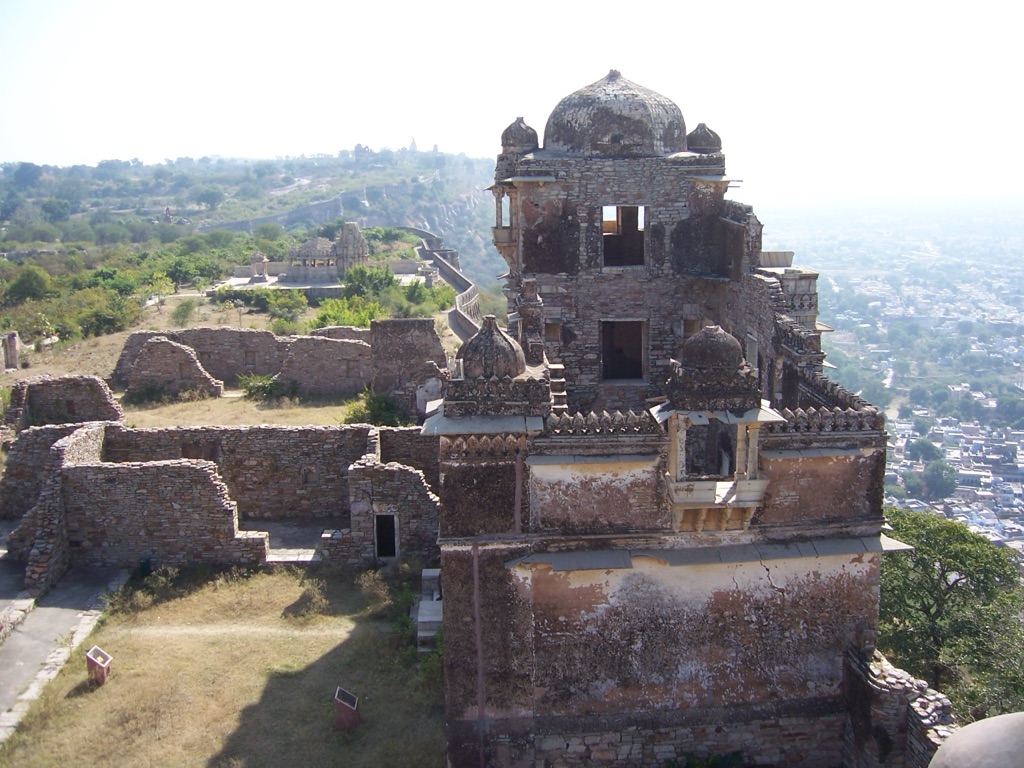Chittorgarh Fort, located in Rajasthan, India, stands as an enduring symbol of Rajput valor and resistance. Perched atop a hill, it overlooks the plains of the Berach River. This majestic fort is a testament to the rich history of India, with its origins tracing back to the 7th century AD. It has witnessed numerous battles and has been a site of significant historical events, including the famous sieges by Alauddin Khalji and Akbar. The fort is not only an architectural marvel but also a repository of legends and tales of heroism and sacrifice, making it a significant cultural and historical site.
Get your dose of History via Email
Historical Background of Chittorgarh Fort Rajasthan
The discovery of Chittorgarh Fort is shrouded in history and legend. It is believed to have been built by the local Maurya rulers in the 7th century AD. The fort’s strategic location made it a desirable asset for many rulers throughout history. The Rajput warrior ethos is deeply intertwined with the fort’s history, as it was the capital of Mewar and home to many legendary Rajput kings.
The fort’s construction is credited to various rulers of the Sisodia dynasty, who expanded and fortified it over the centuries. Chittorgarh Fort has been the scene of three major sieges, each resulting in jauhar, a mass self-immolation by the womenfolk to avoid capture. The most notable of these sieges was by Alauddin Khalji in 1303, who coveted the Rajput queen Padmini.

Later, the fort was inhabited and further developed by successive Mewar rulers. Despite repeated attacks, it remained an important center of Rajput power until it finally fell to the Mughal Emperor Akbar in 1568. After that, it was abandoned for a time, only to be reoccupied and restored by Maharana Pratap, although the capital was moved to Udaipur.
Chittorgarh Fort has also been the birthplace of many historical figures, including Maharana Pratap, a symbol of Rajput bravery and resistance. The fort’s history is not just a tale of war and conquest but also of culture, with poets and saints like Meerabai calling it home.
Today, the fort stands as a UNESCO World Heritage Site, recognized for its historical significance and architectural grandeur. It continues to attract historians and tourists alike, who come to marvel at its storied past and the indomitable spirit it represents.

About Chittorgarh Fort Rajasthan
Chittorgarh Fort is a massive structure that sprawls over 700 acres. It is often hailed as one of the largest forts in India. The fort’s design is a testament to Rajput military architecture, with strong gates, massive walls, and seven fortified gateways known as ‘pols’.
The fort’s construction involved the use of local materials, including limestone, which was abundant in the region. The builders employed a combination of architectural styles, reflecting the various dynasties that ruled over Chittorgarh.
Among the architectural highlights of the fort are the Vijay Stambha (Victory Tower) and the Kirti Stambha (Tower of Fame). The Vijay Stambha, erected by Maharana Kumbha to commemorate his victory over Mahmud Khilji, is an exemplary piece of Rajput architecture adorned with Hindu deities and reflects the historical triumphs of its builders.
The fort also houses several palaces, temples, and reservoirs, each with its own story. The Rana Kumbha Palace, the oldest part of the fort, is where Queen Padmini is said to have lived, and the Meerabai Temple is associated with the saint-poetess Meerabai’s devotion to Lord Krishna.
The fort’s layout was strategically designed to provide defense against invaders, with its position atop a hill offering a commanding view of the surrounding landscape. The intricate water harvesting system, with reservoirs and tanks, ensured sustainability even during prolonged sieges.

Theories and Interpretations
Chittorgarh Fort has been the subject of various theories and interpretations over the years. Historians have debated its exact origins, with some attributing it to the Maurya dynasty and others to the early Rajputs.
The fort’s use has also been a topic of discussion. While it primarily served as a military fortification and royal residence, it also played a significant role in the cultural and religious life of the region.
Mysteries surround the fort, such as the legend of Rani Padmini’s beauty and the subsequent siege by Alauddin Khalji. While some historians question the historical accuracy of these tales, they remain an integral part of the fort’s lore.
Interpretations of the fort’s architecture have matched it to historical records, revealing insights into the Rajput way of life and their military strategies. The fort’s design reflects both the aesthetic sensibilities and the practical necessities of its time.
Dating of the fort has been carried out using various methods, including inscriptions and architectural styles. These studies have helped establish a timeline for the fort’s construction and its various phases of development.

At a glance
Country: India
Civilization: Mori clan
Age: 7th century AD
